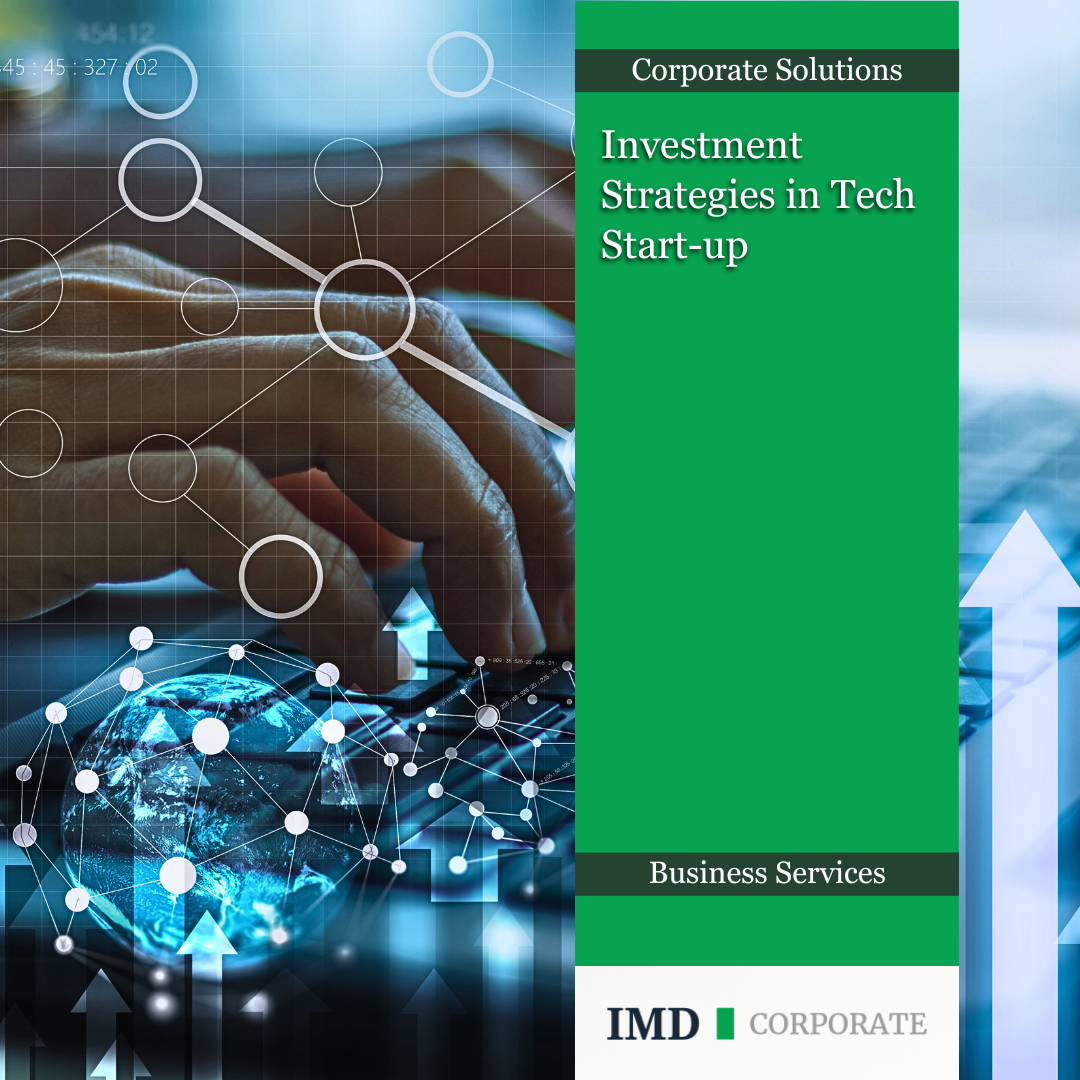
One of the core concerns of any start-up is the initial raising of capital which, in particular with outside investment, requires a careful and considered structuring of equity financing to protect the interests of the founders and the business whilst balancing the interests of the investors.
This case study examines a challenging investment scenario involving a breakthrough AI business in the healthcare market. The company, which is presently valued at around £10 million, recently closed an early funding round open to outside investors. This examination falls into the legal complexities encountered by existing shareholders, including the founders, as they navigated the investment, the issuance of equity shares, and the structural changes that were necessary to protect their interests and the company’s future.
The company at the centre of this case is an emerging AI healthcare enterprise, valued at £10 million. During an early investment round, an individual investor committed a substantial investment sum in exchange for equity shares which nonetheless entitle the investor to a share in future profits. This investment was formalised through a subscription agreement together with a number of commercial documents, with provisions for the issuance of shares and subsequent payment to the investor on fulfilment of a number of conditions.
The subscription agreement was an important document that specified the circumstances under which the investor would obtain equity shares. It was essential to ensure that the agreement:
Beyond financial investment, the investor was to play an active role in introducing the company to new commercial opportunities globally. In order to accommodate these obligations on the investor and to ensure that the relevant profit split could be catered for in the contracting documents, separate commercial agreements, working in unison with the subscription agreement were entered into by the company and the investor.
This arrangement required careful legal structuring to:
To accommodate the new investment, the company had to undergo significant changes in its share and capital structure. Key considerations included:
The legal team prioritised safeguarding the interests of the current shareholders by:
To clearly delineate the investor’s operational role, the legal team:
This case study highlights several critical takeaways for corporate law practitioners involved in similar investment scenarios:
By focusing on these elements, IMD Corporate team effectively navigated the complicated nature of this investment scenario, ensuring the company’s interests were protected while facilitating growth and new opportunities. This case serves as a valuable guide for handling similar investment rounds in the dynamic and highly regulated healthcare industry.
This case study demonstrates the demanding approach required in corporation law to manage complicated investment circumstances, resulting in strong legal frameworks that enable business growth while protecting stakeholder interests.
This article is for general information only and does not constitute legal or professional advice. Please note that the law may have changed since this article was published.